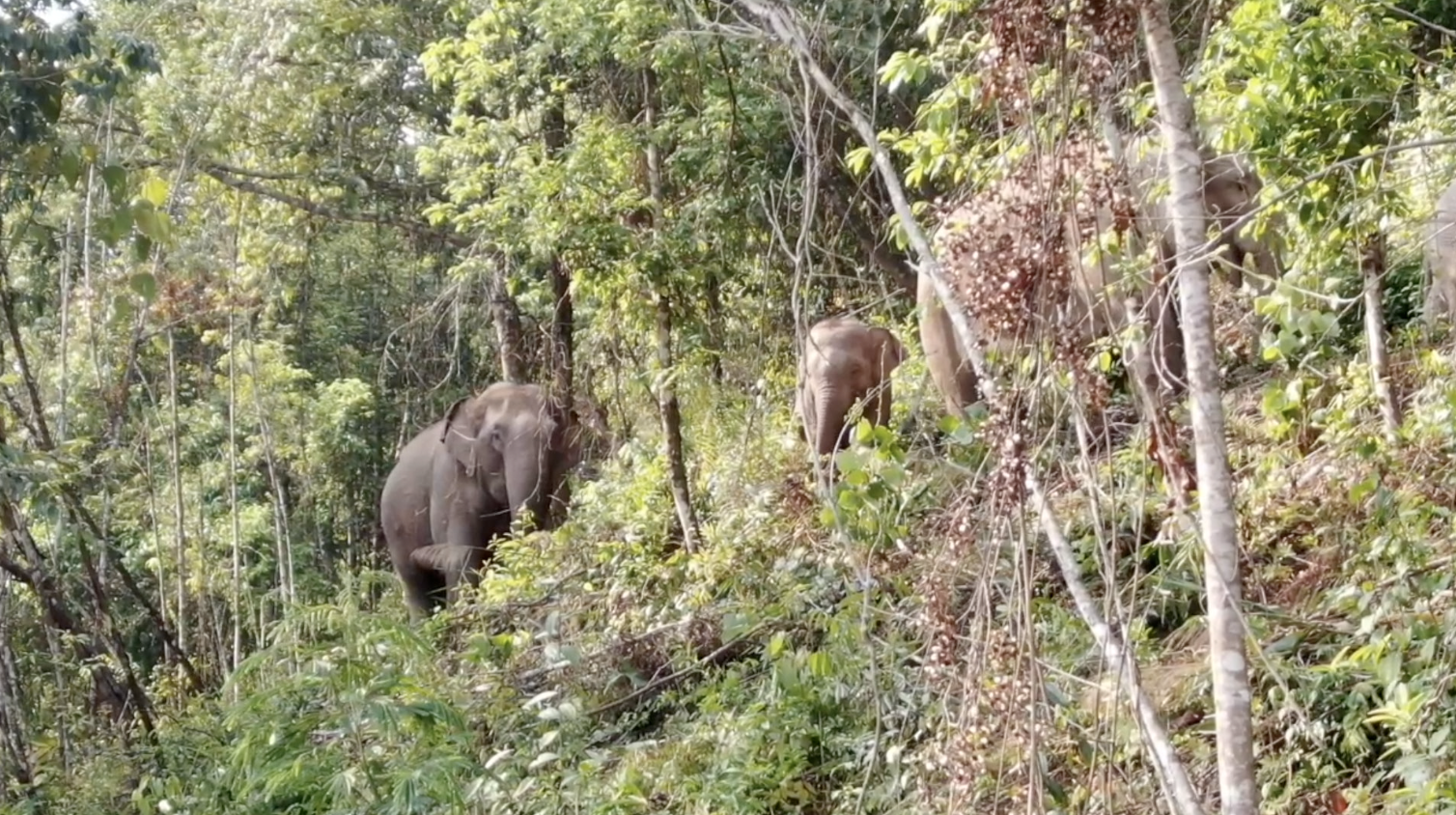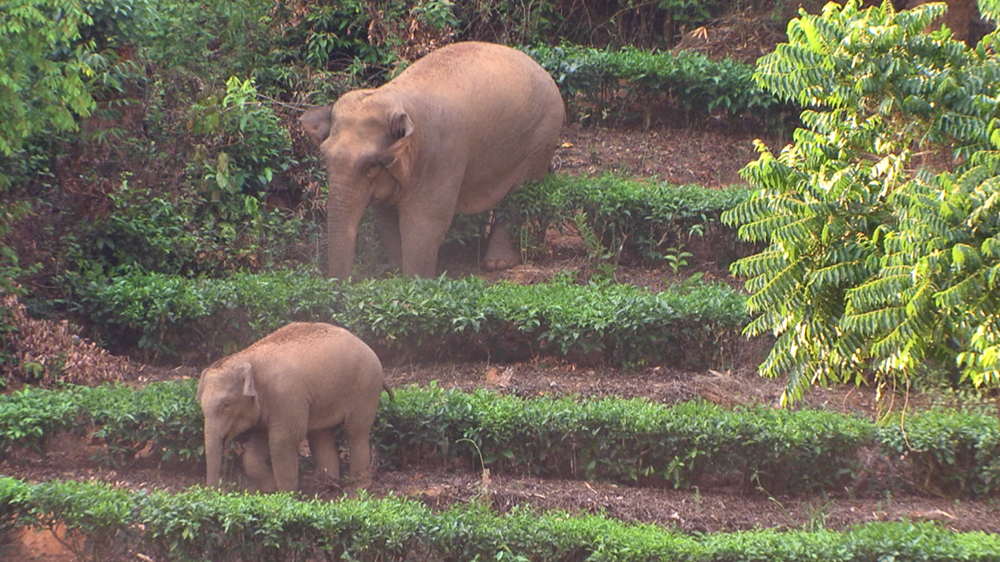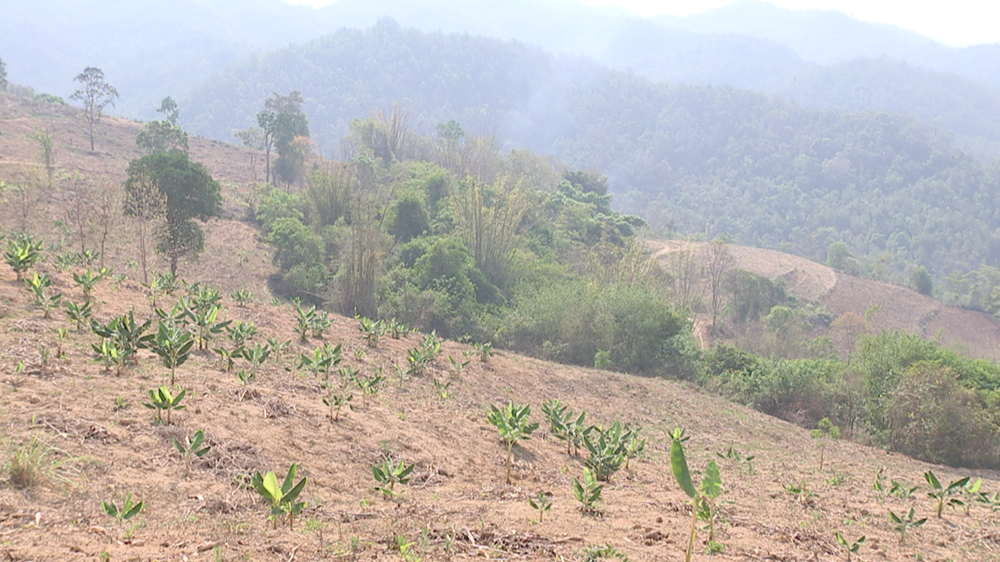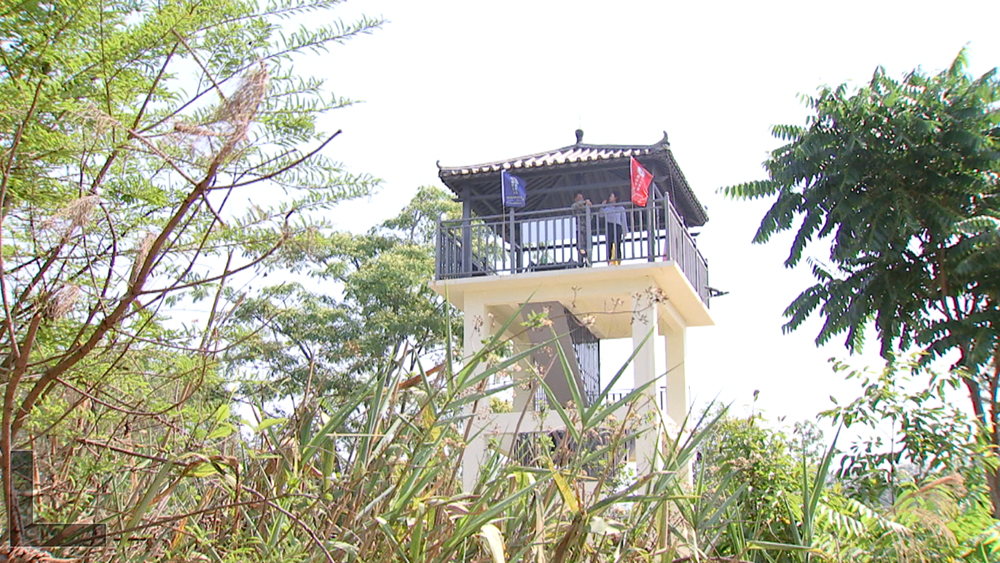04:45

Human and elephant conflicts have remained a challenge in southwest China's Yunnan Province, with more of the wild elephants taking on a journey to look for new food resources, as their previous habitats have transformed to grow rubber trees.
Most of the wild Asian elephants in China reside in Xishuangbanna at the southern part of the province.
According to latest provincial data, wild Asian elephants in China only live in Xishuangbanna Dai Autonomous Prefecture, the cities of Lincang and Pu'er. They live and wander around 40 counties and towns in the province with a total of nine groups accounting for nearly 300 of them.
Each of the elephants has to consume 100 to 200 kilograms of food per day. In other words, they demand a huge amount of food.
Diao Faxing is the leader of a local team of 10 full-time monitoring staff, who are stationed there to track the elephants.
The group of 25 elephants originating from Xishuangbanna with nine baby elephants have now become permanent residents in Jiangcheng County.

Diao Faxing flys a drone to monitor the whereabout of the wild Asian elephants. /CGTN
Diao Faxing flys a drone to monitor the whereabout of the wild Asian elephants. /CGTN
Local authorities call Diao the "middleman" between human and wild elephants. He has been on the job for more than half a decade.
Diao shares his observation about these land giants. "As for now, food has run out at this location. The elephants will stay in the forest during the day. Then they sneak into villages to steal food from homes and plants around the house at night," Diao said.
This is how conflicts between human and wild elephants happen.
Yunnan is known for its tea and fruit growing industry. When elephants head out for food in the morning and at night, locals can be unaware of the situation and farm in the field.
The full-time monitoring staff need to report the whereabouts of these elephants and evacuate the area when necessary. Their job is to alert the villagers via text messages to hide or evacuate from the location when the elephants approach.
The safe distance between wild elephants and human is about 100 to 150 meters.
Officials make a comparison saying the dashing speed of elephants is just like Usain Bolt running for 100 meters.
According to latest provincial data, more than 50 individuals have lost their lives due to failure to evacuate accidental encounters with the elephants in Yunnan in the past decade.
Diao added: "They are wild Asian elephants. They are very aggressive. We do not want conflict to occur."

Wild Asian elephants in the tea garden. /CGTN
Wild Asian elephants in the tea garden. /CGTN
Why the elephants migrate
Collecting latex from rubber trees has been a major way to generate income for Yunnan Province, as the price for latex surged two decades ago.
However, problems remain.
As the previous habitat has shifted to grow rubber trees, wild elephants are running out of food sources. Experts said the land for rubber can no longer grow any crops.
According to the research of the Menglun Botanical Garden of the Chinese Academy of Sciences, every 667 square meters of natural forest can store 25 cubic meters of water and 3.6 tonnes of soil per year, while the pre-production rubber forest causes an average of 1.4 tonnes of soil loss each year.
Even though Xishuangbanna has a wild elephant valley, experts from nearby cities and counties estimate the food is long gone with frequent visits of wild elephants to their region.

Elephants' dining hall with only plantain trees left in the field as Yunnan has entered dry season. /CGTN
Elephants' dining hall with only plantain trees left in the field as Yunnan has entered dry season. /CGTN
Local experiment with different types of solutions
When the land giants step into tea garden or eat the crops, the government will pay for damage through insurance.
However, locals have yet to find a perfect solution between agricultural production and elephants' need for food.
That is when Pu'er Forest and Grassland Bureau and staff member Yang Zhongping come in.
They are experimenting with a new model: growing a so-called elephant's dining hall backed up with a feeding station in Simao District in the city of Pu'er.
"The Asian elephant food base is about 80 hectares. About 15 hectares are for sugarcane and two to three hectares of plantain. The rest is corn," Yang said.
However, Yang said production is still not able to keep up with the elephants' needs, so they are still working to expand the area to grow more.
The set-up is with the hope that the elephants will have enough to eat so they won't break into homes. According to their observation, corn is the elephants' top favorite.
Besides, Yang patrols on China's first Asian elephant tower and sends out alerts like Diao does.

China's first wild Asian elephants monitoring tower with evacuation purpose. /CGTN
China's first wild Asian elephants monitoring tower with evacuation purpose. /CGTN
"We need to protect wild Asia elephants. However, villagers are scared when they are out and working in the field," Yang said.
These measures and supply are not enough, according to the staff and local officials. Yang said the number of visiting elephants to his location has doubled from 2019 to 52 in 2020.
Their work heavily relies on manpower: by looking at footprints, observing marks and smells. He said he almost lost his life multiple times when on duty.
The weather can be foggy in the region. In addition to that, funding has not yet followed as more of the elephants have arrived. The money will be used towards purchasing drones and earning license to fly them.
Yang said: "I have been chased by elephants for so many times. I am used to it now, but sometimes I think I am lucky if I can get home today. It is very risky."
Diao's team has a drone, but the condition is far more challenging when in the field.
"We lack technical backup. We have to go in ourselves, because you can't see the elephants via drones if they are in the forest. The monitoring staff put their lives on the line," Diao said.
The number of Asian elephants in China has increased from around 180 to 300 in the last four decades.
To protect the endangered species, China has also collaborated with Laos and other neighboring countries. The current challenges stand on two key words: co-existence and harmony.
Diao and Yang both said that through their job, they feel a strong tie with elephants. They hope that in the days to come what they are doing can help humans and elephants live in peace and harmony.

